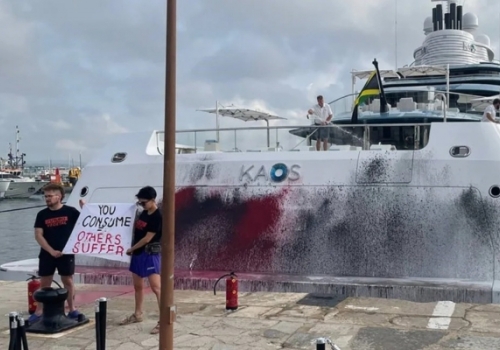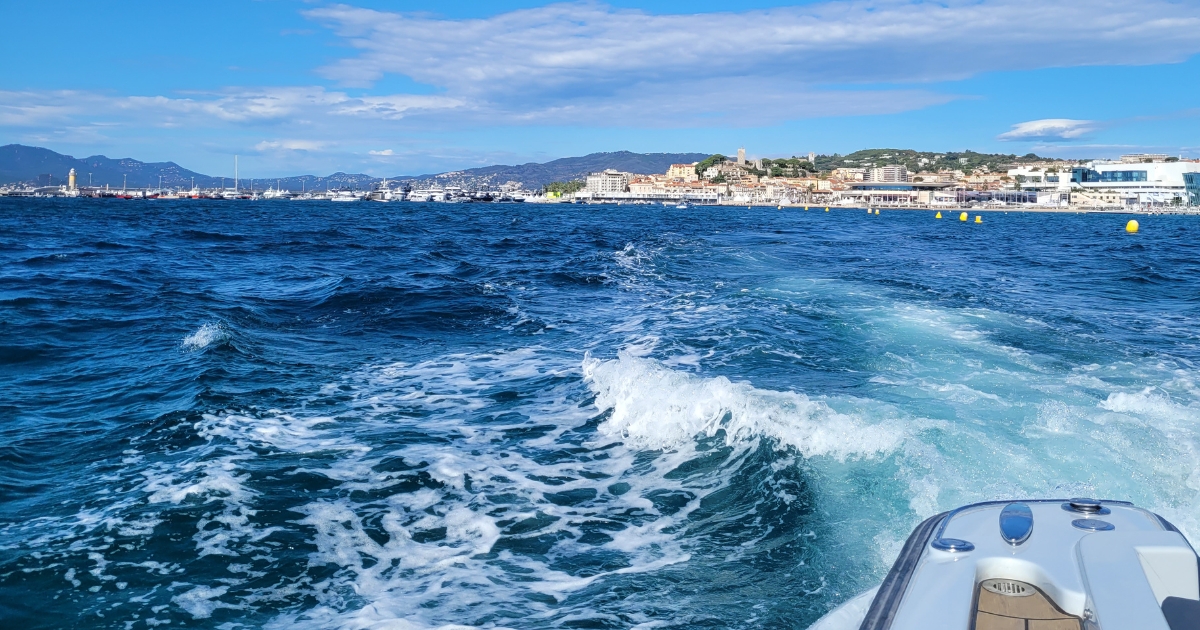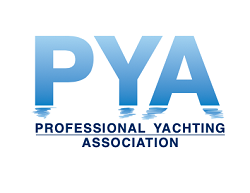
Since implementation of the International Ship and Port Facility Security (ISPS) Code in 2004, maritime security protocols have been focused on preventing terrorism.
On commercial yachts caught up in the ISPS legislation, we have been inspecting bags of groceries which our interior crew have just brought back from the supermarket, pinning ID badges on visitors already well known to us, waving magnetic wands over every tenth onboard visitor, and playing hunt-the-parcel when our flag surveyor carries out an ISPS audit and hides a pretend bomb in a locker somewhere.
There is not a shred of evidence that any of this has definitively detected or deflected a violent terror attack against any yacht or its crew.
Yet on a regular Sunday morning during high season in Ibiza, where a phalanx of superyachts with ISPS-drilled crews was moored stern-to along a public quay, a trio of environmental activists carried out a simple but headline-making operation against one of those yachts with a high-profile owner (who incidentally employs over two million people worldwide). Their mission, to spray swathes of coloured paint across the white transom of motor yacht KAOS, was accomplished by surprise and over within a matter of minutes.
Public perceptions of the superyacht industry
All around the world millions of people enjoy pleasure craft of all types and sizes, but the superyachts owned by the wealthiest 0.1% cent have become an easy target for the 99.9% majority.
Many of that majority would not know that the maritime industry (without which 100% of us would go broke, starve, or both, in very short order) contributes less than 3% to total annual greenhouse emissions. And they have no idea that only a tiny proportion of that 3% is contributed by yachts of all types and sizes.
It is also the case that all around the world millions of the 99.9% choose pollution-causing yachting/boating as their favourite leisure activity. Their craft range from outrigger canoes made from burned-out tree trunks to the outboard-propelled escort RIBs which supervise the training sessions of kids’ sailing clubs, to 5m inboard diesel weekend angling boats to 20m cabin cruisers to 38m motor yachts with trans-Atlantic range, all the way up to the oligarchs’ megayachts.

Yet, the activists choose slogans instead of collaborating on the development of the policies we all need to reduce the impact of the global fleet without causing immense economic and social disruption. Many municipal, regional and even national economies are underpinned to a significant degree by yachting and boating activities, both directly and indirectly.
Policy is difficult and requires mega-scale data crunching. Politics is easy, and at a time when the wealth gap between the world’s richest and poorest is glaringly obvious, perceptions of inequality and unfairness are easy to understand.
But the solution is not as simple as soaking the rich and taking away their toys. Of course no one needs a superyacht; no one needs a lot of things. So where do they propose we draw the line? And how do we protect firstly crew, and secondly yachts, as activists move the line closer to physical contact?
Solutions for safe handling of climate protests
Currently our only physical defence is the ISPS Code, but a manned security gate with checks of badges and passes is pretty useless against a waterborne approach by a silent RIB with a silent electric outboard motor carrying two activists with pressurised containers of paint.
The challenge is even greater in marinas with free public access along the quayside. What help do we get from the ISPS Code and our ISPS Security Officer training module here? The Code is useless in this respect, as its authors didn’t have malevolent but otherwise peaceful climate activists in mind when writing it.
And did we learn anything useful from the piracy epidemic a decade ago? Coils of razor wire around the bulwarks might not look too cool in St. Tropez, and the use of high-pressure fire hoses would likely result in injury and a court case, all of which the tabloid press would devour.

So what options do we have right now?
Instead of looking for non-existent terrorists, perhaps we should be spending more time preparing yacht crew for dealing with demonstrations. Handling protests is a delicate balancing act even for a constabulary, and service-oriented yacht crew are not trained to respond to such eventualities within legal boundaries. In the absence of any formal guidance even from the IMO, what we have is a vacuum ready to be filled by the same security companies which found a market in the early ISPS terror-focused years. Early responders already abound on social media.
What we need is smart policies, which take time to develop and implement. At the same time, yachting is a world awash with dosh and it can afford innovation.
Across the industry change is coming, albeit slowly, with a number of shipbuilders, engine manufacturers, fuel companies, classification societies and financial institutions actively driving up environmental standards. But these laudable efforts are uncoordinated and poorly communicated to the outside world. We need to get our message out to the 99.9 per cent, and this requires greater collaboration and a change in mindset among those who hold the purse strings.
Most of us support the wider objective of the activists to clean up our planet, and it is incumbent upon all of us to raise our game, individually and collectively, so we can legitimately project a cleaner, greener image of our industry.
Captain Rod Hatch is a director of the Professional Yachting Association (PYA) and chair of the Deck & Engineering Committee.

Post your comment
You cannot post comments until you have logged in.
Login to post a commentComments
No one has commented on this page yet.
RSS feed for comments on this page | RSS feed for all comments